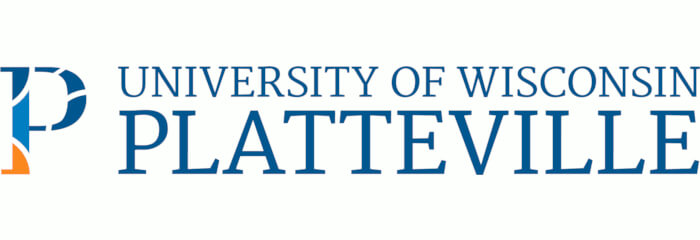Meaning is one of the four properties of learning that Dr. Madeline Hunter of UCLA identified in her Mastery Teaching Model. According to George Lakoff in Metaphors We Live By: “The essence of metaphor is understanding and experiencing one kind of thing in terms of another.” In other words, metaphor can give meaning to unfamiliar and/or complex technical information by explaining it in terms of more familiar and accessible situations or concepts.
Metaphors can be drawn from any shared human experience: family life, sports, games, movies, food, pets, cars, television, music, rites of passage, historical events, books, school, work, weather, childhood, travel, vacations, holidays, machines, nature, space, etc.
Metaphor redefines the program content as a set of concepts, processes, or relationships, and places it in an entirely different setting. For example, life can be viewed as a board game, an organization as a sailboat, and a rocky relationship as white water rafting.
In summary, metaphors create and/or build on common ground in order to establish and maintain a meaningful learning context.





